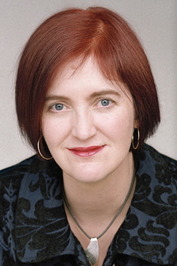Book Review: Ever the Hunted by Erin Summerill
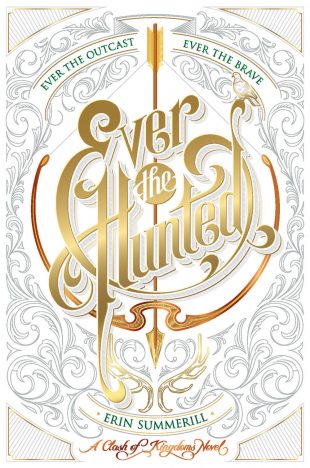 Ever the Hunted (Clash of Kingdoms, #1) by Erin Summerill
Ever the Hunted (Clash of Kingdoms, #1) by Erin Summerill 
Published by HMH Books for Young Readers on December 27th 2016
Genres: Young Adult Fiction, Fantasy
Pages: 400
Source: the Publisher
Amazon
Goodreads
FTC Disclosure: I received a complimentary copy of this book from the publisher via the Publisher. All opinions are my own.
Goodreads Synopsis: Seventeen year-old Britta Flannery is at ease only in the woods with her dagger and bow. She spends her days tracking criminals alongside her father, the legendary bounty hunter for the King of Malam—that is, until her father is murdered. Now outcast and alone and having no rights to her father’s land or inheritance, she seeks refuge where she feels most safe: the Ever Woods. When Britta is caught poaching by the royal guard, instead of facing the noose she is offered a deal: her freedom in exchange for her father’s killer.
However, it’s not so simple.
The alleged killer is none other than Cohen McKay, her father’s former apprentice. The only friend she’s ever known. The boy she once loved who broke her heart. She must go on a dangerous quest in a world of warring kingdoms, mad kings, and dark magic to find the real killer. But Britta wields more power than she knows. And soon she will learn what has always made her different will make her a daunting and dangerous force.
My Thoughts:
What a fun read this was! Erin Summerill’s Ever the Hunted is one of those books that has something for everyone. There’s fantasy and magic, there’s political intrigue and a King who is acting as though he’s gone mad, there’s adventure and danger, and yes, there’s even a bit of romance thrown in there as well. I don’t want to give away too many plot details but let me just say that you should only read Ever the Hunted when you don’t have any pressing real-life responsibilities to attend to – I made the mistake of starting it while getting ready for Christmas. I got so thoroughly sucked into Britta’s story that I ended up way behind in my Christmas preparations. Cookies almost didn’t get baked, gifts were bought last minute, and I was down to the wire with getting all of my decorations up. Very stressful. That said, it was totally worth it. Ever the Hunted is just that good!
Highlights for me:
The World Building and the System of Magic: Summerill has set her novel in the kingdoms of Malam and Shaerdan. These neighboring kingdoms are on the brink of war with each other, so tensions are running high all around when the novel begins. Summerill does a wonderful job of conveying that sense of tension every step of the way. You can just feel that war is about to break out at any moment. At the center of all that tension is magic. The kingdom of Shaerdan embraces magic and has among its citizens women who are called Channelers. Channelers possess magical powers that enable them to manipulate certain elements in nature – water, for example. While Shaerdan and its citizens accept this magic and the belief that Channelers use their gifts for good, the kingdom of Malam and its people, on the other hand, scorn and shun Channeler magic as well as those who practice it.
Britta Flannery: Britta is, by far, the highlight of Ever the Hunted for me. Britta is the protagonist and right from the start, Summerill creates in her a character that readers will immediately connect with. When we meet Britta, she is mourning her father, a respected Malam bounty hunter, who has been murdered. As if that wasn’t tragic enough, Britta is also basically homeless due to circumstances beyond her control. Britta’s mother, who is also deceased, was a Shaerden citizen who was also believed to be a Channeler. Because the magic passes from mother to daughter, Britta is ostracized by the people of Malam because she could possibly be a Channeler, and she is prohibited by Malam law from inheriting her father’s land as well. Britta is therefore completely alone and desperately seeking both shelter and food when we first meet her.
While I felt that immediate sense of empathy for Britta because she’s in such a vulnerable state, what really attracted me to her was her resourcefulness, her intelligence, and her sense of independence. It’s very clear that her father has taught her well in the time they had together, probably anticipating that there would come a time when Britta would need to fend for herself. She therefore doesn’t just roll over and accept her situation as a death sentence. No, she grabs her dagger and her bow and sets out to track and secure food not only for herself, but also that she can trade in town for a place to stay. And she does this knowing all the while that the penalty for poaching is death. I loved that she was willing to take such risks and make the hard choices. She’s the ultimate survivor.
I have to admit that I admired Britta’s resourcefulness so much that I was actually a bit excited when she got caught poaching because I wanted to see how she was going to get herself out of such a predicament. My excitement did wane a bit once her way out was revealed: Britta could have her freedom and her father’s land if, using her tracking skills, she helped to track down his killer. Sounds like a fair deal, right? Well, there’s a bit of a catch. The suspected killer is a young man by the name of Cohen McKay, who was Britta’s only friend in the world as well as her father’s apprentice. Britta doesn’t believe for an instant that Cohen is guilty, but has no choice but to go along with this deal if she wants to live.
When she tracks Cohen and they escape together, they quickly realize that the only way they’re really going to ever be free is to find the real murderer. This is where the real action of the story actually begins as they embark on a dangerous quest across these two warring kingdoms following clues and searching for the killer. It is also while on this quest that Britta learns that, like her mother, she too possesses a kind of magic and must learn how to understand and control her power.
Fabulous Secondary Characters:
Enat: Enat is a Channeler who helps Britta to better understand who she really is. After Britta, Enat is definitely my next favorite character. She’s this feisty old lady who is truly a force to be reckoned with. Enat, like Britta, knows how to wield a bow and arrow and isn’t afraid to use it, whether it’s to hunt or to fire warning shots at people she thinks are creeping around too close to her home. She’s just a real character in every since of the word.
Leif: Leif was a surprise favorite character for me. He’s actually one of the prison guards who attends to Britta when she is captured for poaching and who is assigned to escort her on her mission to track her father’s killer. While the other guards are just rude and nasty, Leif shows Britta a lot of kindness at every opportunity and tries to help her whenever he can. The friendship that grows between them is just really sweet.
Subtle Handling of the Romance: Generally speaking, I’m not a huge fan of romance, especially love at first sight or when the characters are so obsessed with each other that they lose sight of what they’re supposed to be focused on. (Mare from The Red Queen comes to mind.) Therefore I was a little apprehensive when I started to sense some attraction between Britta and Cohen. Summerill thankfully, however, does a very nice job of keeping the romantic element subtle, and most importantly, believable. As I’ve already mentioned, Cohen and Britta grew up together, becoming the best of friends while Cohen apprenticed for Britta’s father. They clearly have history together and now that they’re both grown, their friendship is becoming something more. It’s a natural progression for their relationship and it doesn’t overshadow the action/adventure/danger element of the story.
The Unexpected Twist at the End! I can’t really say anything at all about it without giving too much away, but as soon as I read the last few pages, I immediately wanted to get my hands on the next book in the series.
Anything I Didn’t Care For:
I would have liked a little more insight into the Channeler magic, especially Britta’s specific kind of magic since it apparently is quite rare even among Channelers. I guess since she was just learning about it herself, it’s to be expected that we would just get the basics, but I definitely hope that the second book will more fully explore it as Britta hones her skills because what she is able to do is really quite fascinating!
Who Would I Recommend Ever the Hunted to?
As I said, this book has something for everyone so I can’t think of anyone I wouldn’t recommend it to. If you like resourceful heroines and plenty of action and adventure, I think you’d like this one. I also think this is one of those YA books that would appeal to a wide range of ages, from teens on up through adults. It’s just a wildly entertaining read!
Rating: 4 Stars!
Thanks so much to Houghton Mifflin Harcourt and of course to Erin Summerill for allowing me to preview this wonderful book!


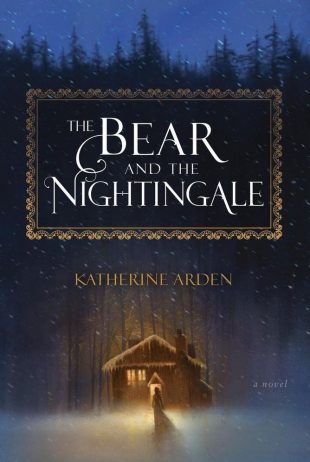 The Bear and the Nightingale by
The Bear and the Nightingale by 

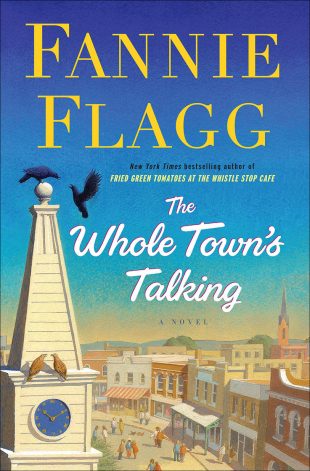 The Whole Town's Talking by
The Whole Town's Talking by 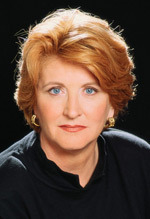
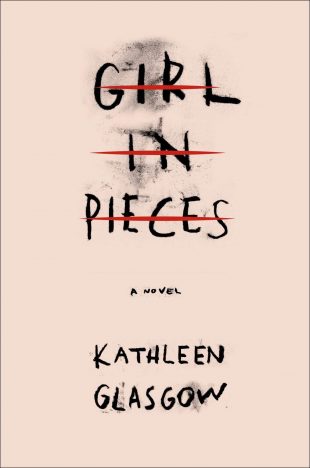 Girl in Pieces by
Girl in Pieces by 

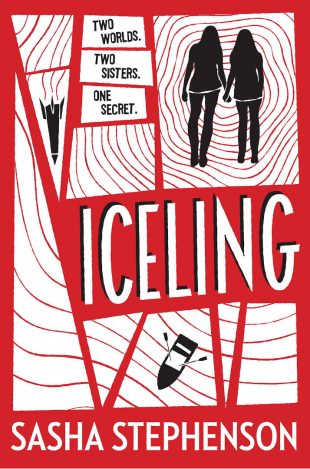 Iceling (Icelings #1) by
Iceling (Icelings #1) by 
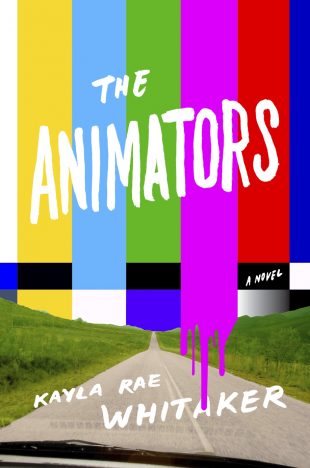 The Animators by
The Animators by 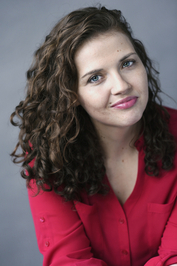
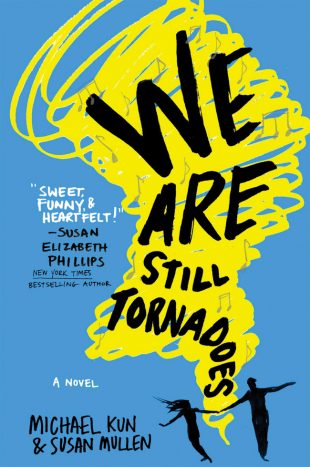 We Are Still Tornadoes by
We Are Still Tornadoes by 

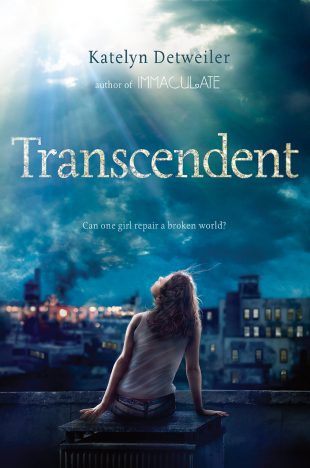 Transcendent by
Transcendent by 

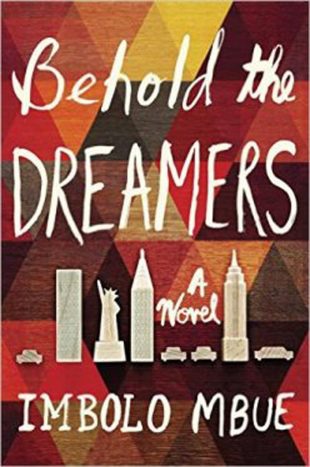 Behold the Dreamers by
Behold the Dreamers by 
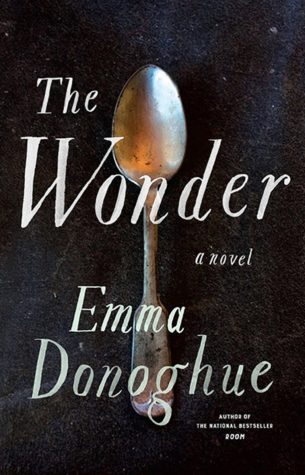 The Wonder by
The Wonder by 